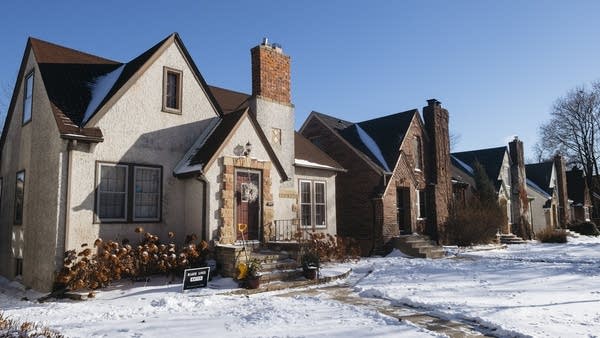Ground Level: Friends, neighbors often don't cross race lines in Minn.

A typical south Minneapolis neighborhood.
Evan Frost | MPR News
Go Deeper.
Create an account or log in to save stories.
Like this?
Thanks for liking this story! We have added it to a list of your favorite stories.


